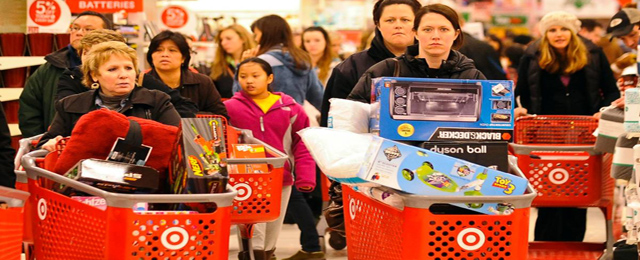Welcome to the shopaholics paradise, the retail’s most crazy show. The Black Friday is how the Philadelphia police there used to call the day after Thanksgiving in the 50s because for agents it was a grim day to work: endless traffic jams, car accidents, robberies, fights, because of the drinking excesses.
In the 1970s the term took a commercial twist: the merchants used to work in red numbers from January to November and Thanksgiving was the turning point. From then on, they would return to black numbers, hence the Black Friday.
Today the hottest shopping day of the year is based on a different dynamic. Black Friday is when retailers put on their best show, announcing huge discounts to draw customers into stores or websites. However, they don’t mark down the goods that don’t sell but design some products with their discount already built in, so after all the markdowns they will get the margins they want. And yet the shopper gets the excitement of a bargain.
Brands have to compete very aggressively in the U.S. because customers are extremely used to discounts, coupons and 2-for-1-deals throughout the year. The Black Friday doesn’t really make a difference.
“A lot of the discount is already priced into the product. That’s why you see much more stable margins,” said Liz Dunn, an analyst with Macquarie Equities Research, interviewed by The Wall Street Journal.
So where is the business for the stores? They can easily get rid of their stock, and usually customers will likely buy mire items in the store. Also, they can get their contact details for further occasions.






Be the first to comment on "Black Friday: Engineered Illusions of Unbeatable Deals"